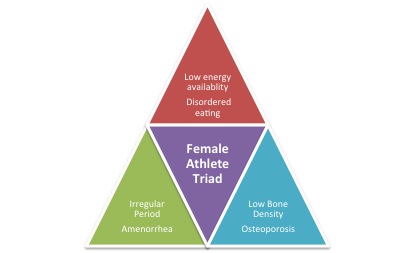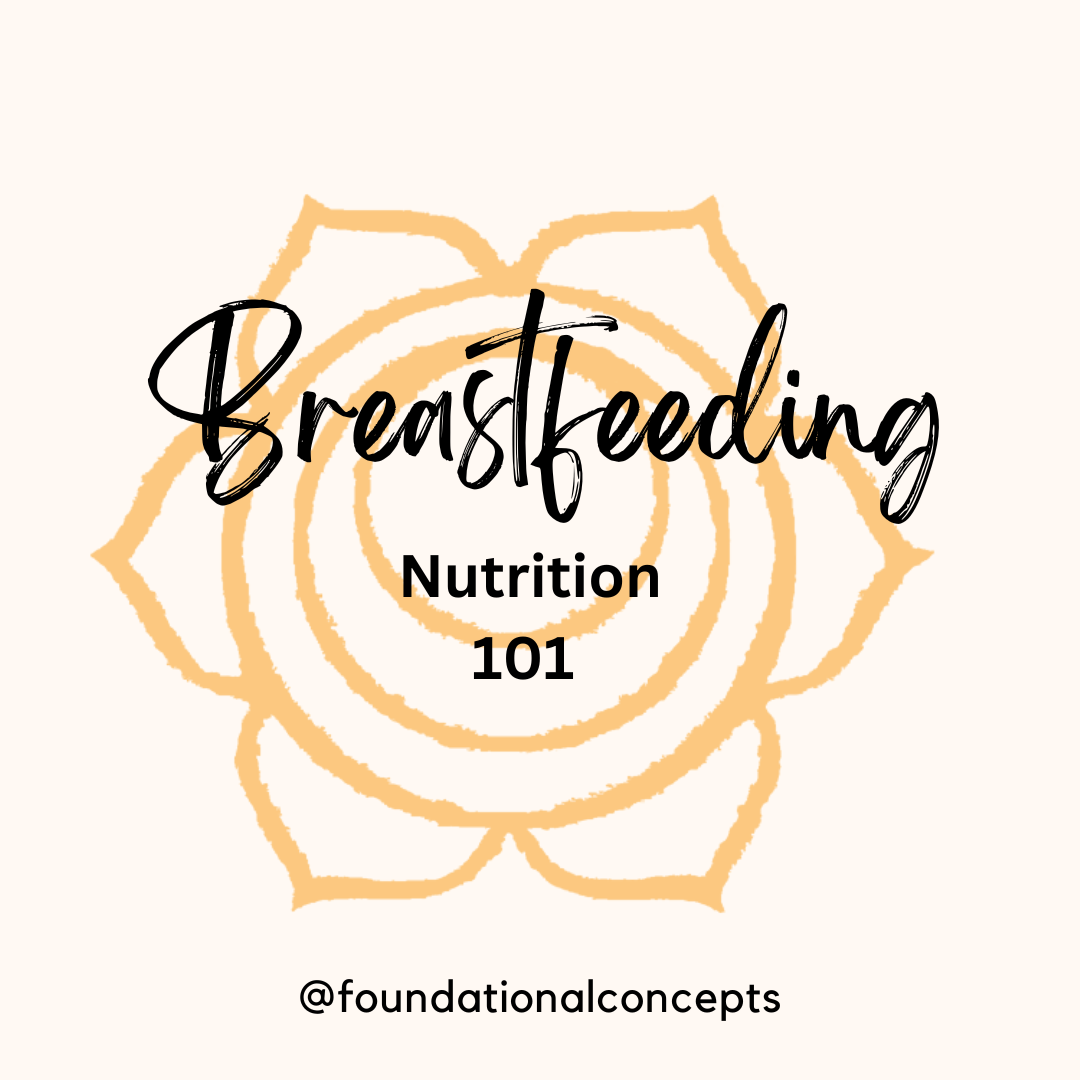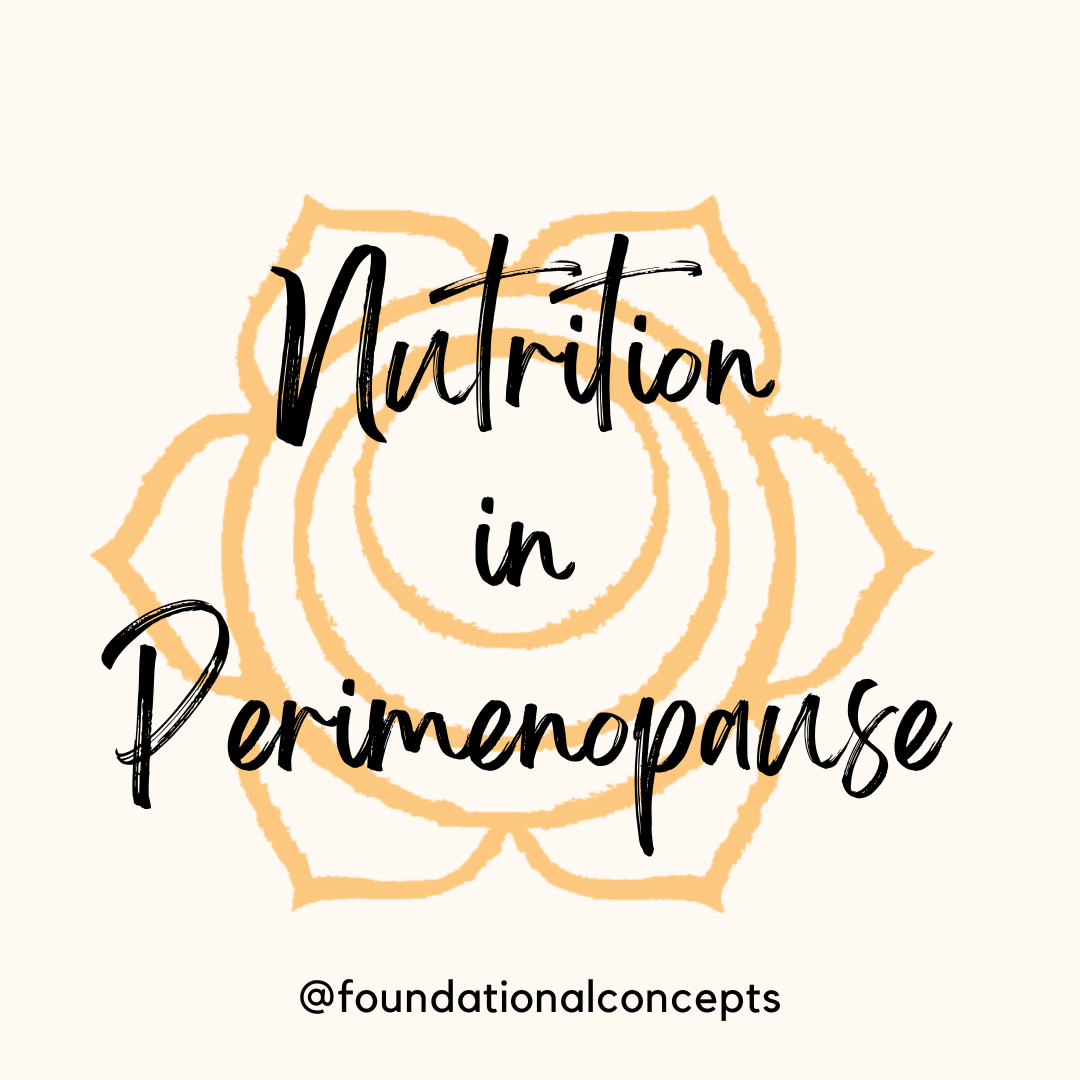Nutrition plays such an important role in our pregnancies and post-partum periods. Breastfeeding requires time…

The Female Athlete Triad
Lola was a freshman in high school and was joining her cross-country team for the very first time. She did not have much experience running, but knew she wanted to train hard to become a lean, strong distance runner. Pictures in magazines and movies about runners always show thin female runners and Lola knew if she could look like them, she would improve her performance as a distance runner. She started watching what she ate and began working out even after practice was over. Between school work, practices, and workouts, Lola was too busy to notice that she was no longer having her monthly periods. She also noticed that the “shin splints” she was experiencing were not improving, and were slowing her down.
What is it?
The self-controlled diet and extra workouts that Lola thinks are improving her performance may be hurting her and her health. Some young girls who play sports or exercise frequently at high dosages are at risk for a problem called the Female Athlete Triad. This triad is an interrelationship of menstrual dysfunction, low energy availability (with or without an eating disorder), and decreased bone mineral density.1 Diagnosis and treatment of this condition can be potentially serious and complicated.
The prevalence of these conditions of the triad varies widely in the general population and in the athletic community. In women who participate in sports that emphasize leanness, such as running, the prevalence of secondary amenorrhea (irregular or stopped period) can be as high as 69%, compared with 2-5% in the general population.1 Female athletes are at risk of developing eating disorders due to pressure to maintain a low body weight along with poor guidance about nutrition and weight loss from the athletic community.1 Disordered eating and menstrual dysfunction are most common among sports that emphasize leanness and endurance. In young female athletes with the triad, a compromise in bone strength, ranging from low bone mineral density and stress fractures to osteoporosis, may occur at a much younger age – the shin splints Lola is experiencing could actually be a stress fracture.
What does it feel like?
Since there is no sudden traumatic injury involved in the triad, do not expect any immediate symptoms. Instead, symptoms may develop over time, anywhere from months to years. A female athlete may begin experiencing the following symptoms, conditions, or changes (separately or together) that may indicate she is developing Female Athlete Triad:2
- Low energy during school, work, or exercise
- Irregular or absent menstrual cycles
- Stress-related bone injuries (stress reactions or fractures)
- Difficulty concentrating
- An unexplained drop in performance
- Changes in eating habits
- Altered sleeping patterns
- An unusually high focus on performance or image
- Experiencing high levels of stress
Can a Physical Therapist help?
Around here, that answer is always YES! PT’s are educated and trained to recognize the signs and symptoms of the triad and begin a multidisciplinary approach to care along with a primary care physician, nutritionist or dietician, psychiatrist, team coach, family members, and the athlete herself.1 We can help you understand the consequences that this disorder may have on exercise. For example, Lola experiencing “shin splints” would not want to perform jumping or running activities until her symptoms are resolved. If you or your loved one are experiencing symptoms like Lola, Foundational Concepts will be able to design an individualized program to help you return to your activities. We will help guide you back to a safe, ideal performance level along with educating you and your family about the Female Athlete Triad.
EDUCATION AND PREVENTION ARE KEY!
Hannah Buenger, SPT
References:
- Nazem TG, Ackerman KE. The Female Athlete Triad. Sports Health. 2012;4(4):302-311. doi:10.1177/1941738112439685.
- Female Athlete Triad. American Physical Therapy Association. 2018. Available at: https://www.moveforwardpt.com/SymptomsConditionsDetail.aspx?cid=0ca4bf2e-6d14-4b90-b1ec-ed8ebe13069e. Accessed February 19, 2018.




